An eye on the future – The Cellularis Discovery device by EarlySight

The ophthalmology revolution is in full swing…
Led by EarlySight, an ambitious Swiss start-up.
A spin-off of the Swiss Federal Institute of Technology in Lausanne (EPFL), the start-up, founded in 2019, brings together professors and graduates seeking to improve the care of patients with retinal diseases, including AMD (which affects more than 67 million people around the world).
A start-up looking to revolutionise the treatment of ocular diseases
The design of an innovative device
In response to this issue, the EarlySight team has designed a revolutionary imaging device known as Cellularis® Discovery. This new high-precision optical imaging device enables a number of ocular structures, which were previously invisible using conventional transpupillary illumination, to be examined on a cellular level. The ongoing development of AI software will soon make it possible to quantitatively measure the structures affected early in diseases, such as the retinal pigment epithelium.
Its aim is to accurately detect and monitor the biomarkers of ocular diseases, in order to prevent them.
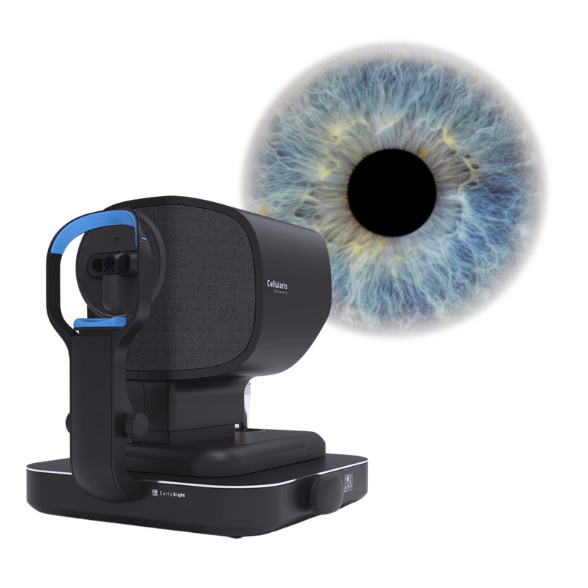
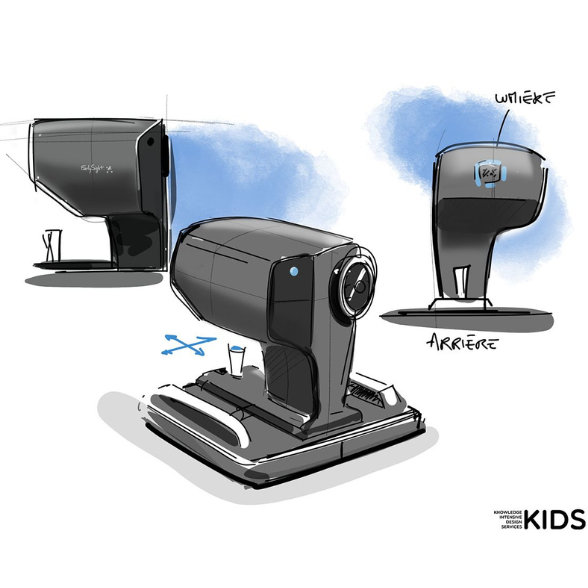
The desire for a fresh look at the appearance of medical devices illustrated by K.I.D.S
EarlySight worked with the design agency K.I.D.S (Knowledge. Intensive. Design. Service), to make its vision a reality. The agency’s values, with the focus on human-centred product design, align perfectly with the desire of engineers to create a practical and convenient device, from the point of view of both practitioners and patients.
A collaboration combining aesthetics and high-tech engineering
The product design office INITIAL worked closely with K.I.D.S to rethink and reshape this pioneering device’s design.
The aim was to envelop the technology simply by playing with reassuring materials and lines, while optimising the ergonomics for both professionals and patients. INITIAL designed and assembled each part, as well as carrying out the final build, with a specific technical development for securing components and their interface.
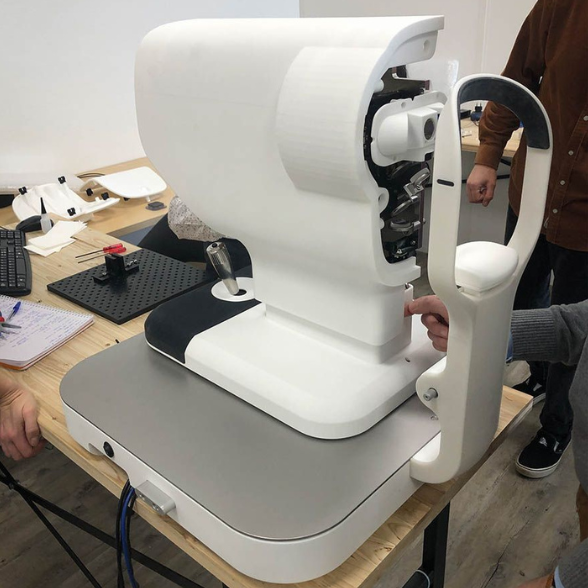
3D printing at the core of the project: From design to assembly
There are more than 40 components at the heart of the device, highlighting the crucial role of 3D printing in its design and production. Economic suitability and technical feasibility were the key factors guiding 3D technological choices and the variety of materials used, including powder, resin and PolyJet 3D printing, as well as numerous flexible and rigid materials.
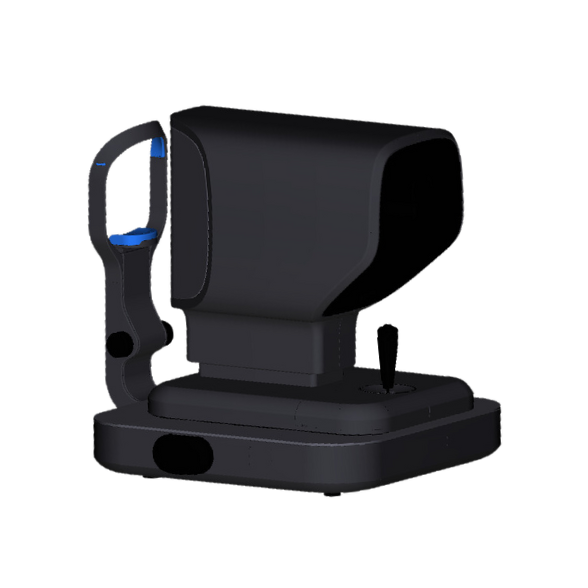
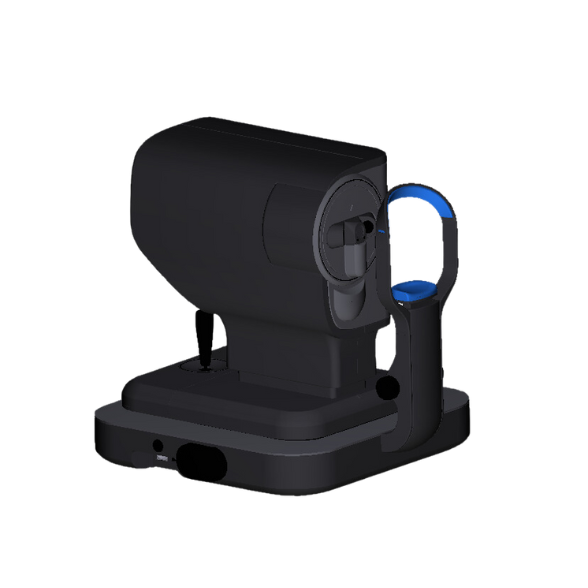
Promising technology
A first series of 14 machines is currently being delivered, marking a turning point in the prevention of retinal diseases.The Cellularis® Discovery device has recently obtained CE certification, underlining the product’s reliability and safety in the medical field.
The collaboration between INITIAL, EarlySight and K.I.D.S perfectly illustrates how 3D printing technology is able to transform the medical sector. With a unique design, cutting-edge technology and carefully orchestrated production, this collaboration paves the way for new advances in the field of ophthalmology and beyond.
Your Challenges // Our Productions
For every challenge, benefit from our technological solutions and our service and support capabilities to meet your most demanding applications.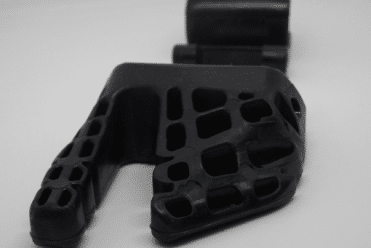
Mahi prosthetic foot based on a biomechanical approach
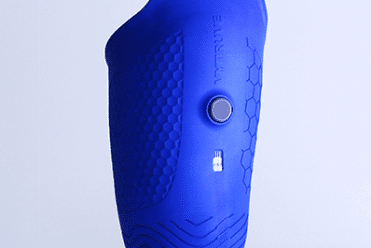
Made-to-measure devices thanks to 3D printing
